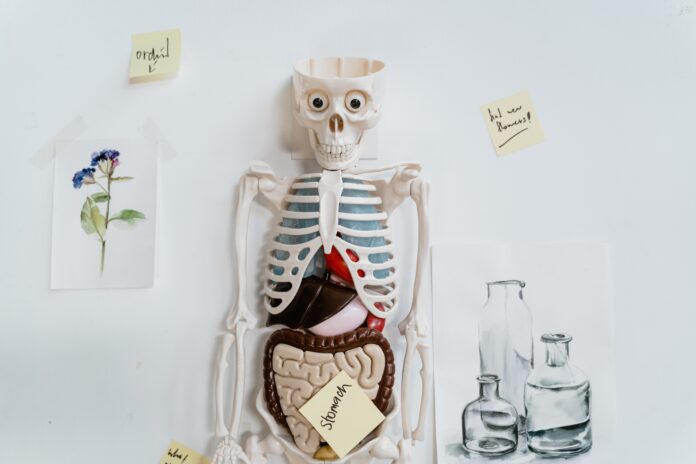3D printing has come a long way since its beginning, and it’s not just limited to creating toys and trinkets. In recent years, 3D printing has made significant strides in the field of healthcare, revolutionizing the way we create prosthetics and even paving the way for organ printing.
Creating Custom-Fit Prosthetics: 3D Printing’s Impact
Prosthetic limbs are costly and can take a long time to create, but 3D printing has changed all that. By using 3D printing, prosthetic limbs can be created fast and at a fraction of the cost of conventional methods. Additionally, 3D printing allows for the customization of prosthetics to perfectly fit the patient.
This is especially important for people who have lost limbs due to accidents, congenital defects, or diseases, as prosthetics that fit well not only look better but also function better. Companies like E-Nable and Limbitless Solutions are using 3D printing to create affordable and personalized prosthetic limbs for those in need.
They are also open-sourcing their designs, so anyone can create a prosthetic for someone in need. With 3D printing, prosthetic limbs can be made on-demand, which is especially useful for people living in rural or remote areas, who otherwise might not have access to prosthetics.
The Future of Organ Replacement: 3D Printing Organs
While still in the research and development phase, 3D printing organs have the potential to save countless lives. The ability to print functional organs would alleviate the shortage of organ donors and reduce the need for risky and expensive transplants.
However, the process is still in its early stages, and there are many challenges that need to be overcome before 3D printing organs become a reality. Researchers are working on developing techniques to print functional blood vessels, and to grow cells on a scaffold to create functional organs.
But printing an entire organ is a long way off, it is a challenging task that requires a high level of precision and accuracy, as well as materials that can mimic the properties of natural organs. One of the most promising areas of organ printing is the creation of replacement tissue for burn victims and people suffering from other skin damage.
Beyond Prosthetics: Other Applications of 3D Printing in Healthcare
3D printing is also being used in other areas of healthcare. Customized surgical guides and implants can be created to fit a patient’s unique anatomy. And 3D-printed pills and medications can be created to dissolve at specific rates.
Medical device companies are also using 3D printing to create complex equipment, such as ventilators, at a faster rate. 3D printing is also being used to create models of organs and bones. Which can be used for surgical planning and training. This allows doctors to practice complex procedures before they perform them on patients, which greatly improves the outcomes of surgeries.
3D Printing in Healthcare: The Future is Now
3D printing is changing the healthcare industry for the better. From prosthetics to organ printing, the possibilities are endless. While there are still challenges to be overcome, the future of healthcare looks brighter than ever thanks to 3D printing. As technology continues to advance, we must also consider the ethical and regulatory implications that come with it.
Nevertheless, it is exciting to see how 3D printing will shape the future of healthcare. 3D printing allows for the creation of personalized and cost-effective medical devices. Which can enhance the quality of life for individuals globally. Additionally, it enables the development of new medical devices that were previously not possible, ultimately saving lives and reducing healthcare expenses.
It’s important to remember that 3D printing is not a magic solution for every problem in healthcare, but it has the potential to revolutionize the industry. It can be used in combination with other technologies and methods to improve patient outcomes and lower costs.
In conclusion
3D printing has made significant advancements in the healthcare industry. It has revolutionized the way prosthetics are created and even opened the doors for organ printing. The technology allows for the creation of customized and affordable medical devices. Which can greatly improve the quality of life for individuals worldwide. As 3D printing technology continues to evolve, it’s important to consider the ethical and regulatory implications that come with it. Despite this, the future of healthcare looks promising thanks to the advancements made by 3D printing.
Read some super interesting articles in Hindi on the Mojo Patrakar.
OR if you think 3D printing is cool check out these articles.
- 3D Printing in Food Industry: The Future of Nutrition and Culinary Arts
- 3D Printing in Space: The Possibilities and Challenges









